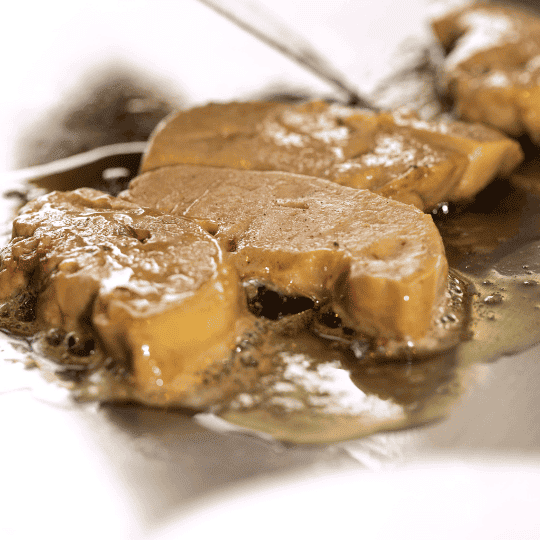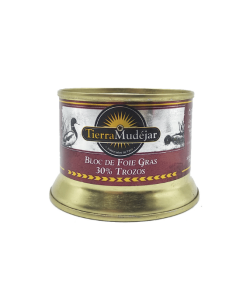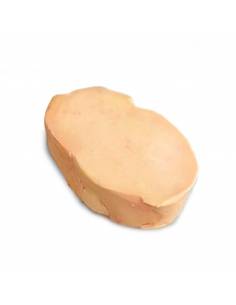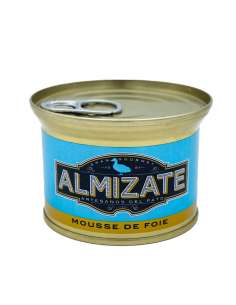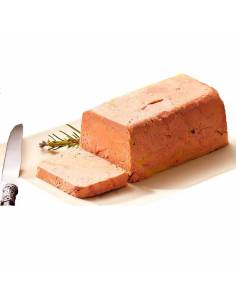The price of foie gras is one of the key factors influencing its authenticity and quality, and is also the reason why some restaurants choose to substitute it with cheaper products.
Producing foie gras involves a long and costly process, which begins with raising ducks or geese under controlled conditions and a specialized feed, known as gavage. This traditional method, which involves feeding the birds large amounts of cooked corn, is essential to achieving the liver hypertrophy that characterizes foie. In addition, raising the birds and then handling the liver to ensure its quality requires specialized labor and strict regulations, which increases costs.
Because of this, authentic foie gras, especially in its purest form such as whole foie gras, commands a high price. Consumers pay not only for the product, but for the care and time involved in its production. It is common to find high prices on restaurant menus that serve authentic foie gras, which can put some diners off or cause some establishments to opt for cheaper alternatives.
These substitutes are usually liver pâtés or mousses that may contain foie gras in small quantities, but also other more accessible ingredients, such as pork or chicken liver. In some cases, they do not even contain foie gras and are made entirely from the liver of other species, along with additives to improve texture and flavour. These cheaper versions allow restaurants to offer a foie-like dish at a much more accessible price, which also increases their profit margin.
The price factor is also influenced by market demands. Due to its exclusivity and luxury, foie is considered a gourmet product, and customers looking for high-end culinary experiences are willing to pay a premium price. However, in restaurants where the public is not familiar with the differences between products, substitutions can be made without the customer easily noticing, maximising the restaurant's profit.


